
Swans
Mute Swan
The Mute Swan is a large, elegant bird found throughout Ireland's waterways with a distinctive bright orange beak and neck. Its name describes its relatively silent nature, with only occasional grunts and hisses heard during courtship.
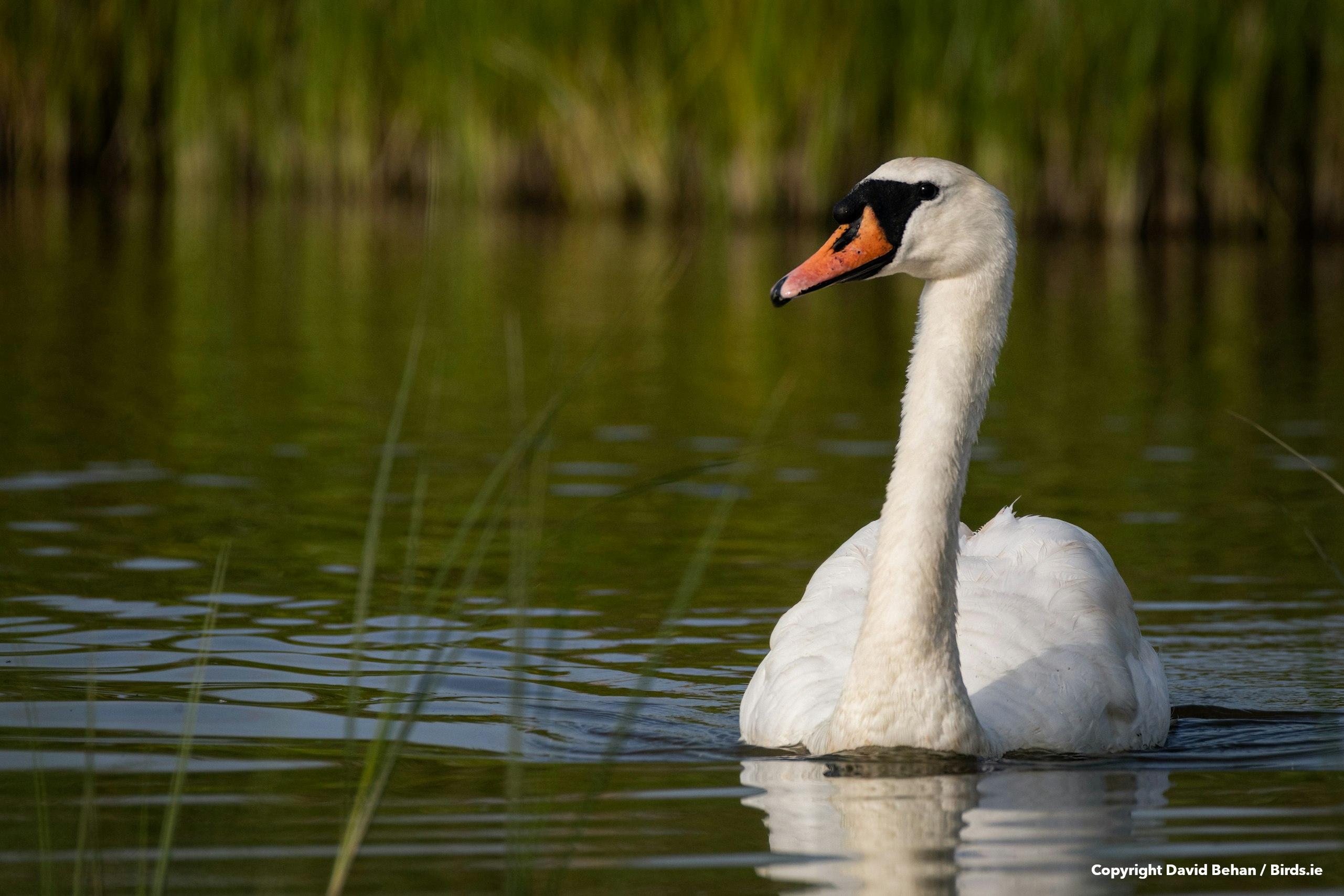
Description:
The Mute Swan is one of the most recognizable and iconic birds in Ireland. With its long and graceful neck, white plumage, and distinctive orange bill, the Mute Swan is a majestic sight to behold. Despite its name, the Mute Swan is not entirely silent, they do vocalize with soft sounds and snorts.
What they eat:
Mute Swans are herbivores and primarily feed on aquatic plants, such as pondweed, water lilies, algae, and grasses. They may also eat insects and small fish that they catch while foraging in shallow water.
Habitat:
Mute Swans are found throughout Ireland, in a wide range of aquatic habitats including lakes, rivers, ponds, and estuaries. They prefer shallow waters with vegetated areas for feeding and nesting.
Size and Wingspan:
Mute Swans are one of the largest waterfowl and are approximately 4 feet long and have a wingspan of up to 8 feet. They weigh around 10-12 kg.
Male-Female Difference:
Both male and female Mute Swans are similar in appearance, but males (cob) are typically larger in size than females (pen).
Where to find:
Mute Swans can be found throughout Ireland, particularly in parks, gardens, and other areas with man-made bodies of water. Some good places to look for them include Dublin's Phoenix Park, Powerscourt Estate, and Glenveagh National Park.
What months can be found in Ireland:
Mute Swans can be found in Ireland year-round, but it is during the winter months when their numbers increase due to migratory birds arriving from northern Europe.
Interesting note:
The Mute Swan has been a long-standing symbol of beauty, grace, and loyalty in Irish folklore, often depicted in myths and legends. They are also a protected species in Ireland under the Wildlife Acts, and it is illegal to harm, capture or disturb them in any way.
Other Birds of Ireland...
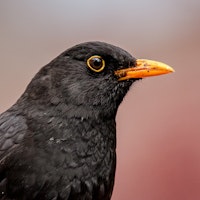
Blackbird
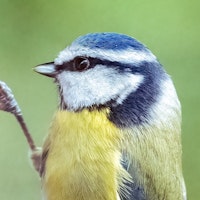
Blue Tit
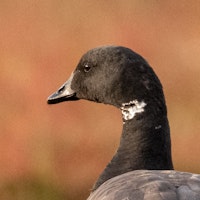
Brent Goose
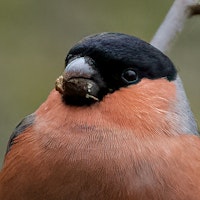
Bullfinch
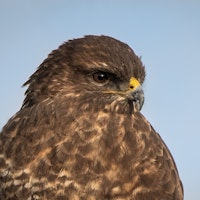
Buzzard

Chaffinch
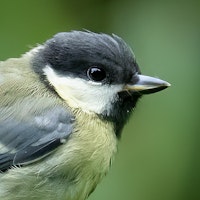
Coal Tit
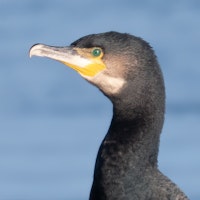
Cormorant
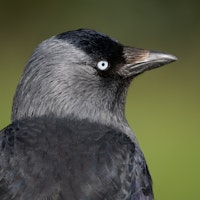
Crow
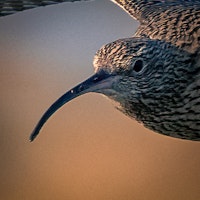
Curlew
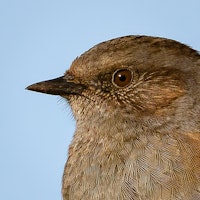
Dunnock
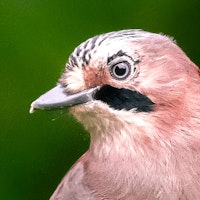
Eurasian Jay
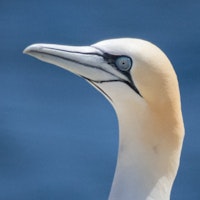
Gannet
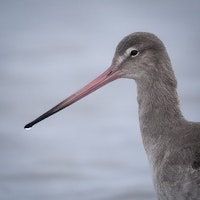
Godwit
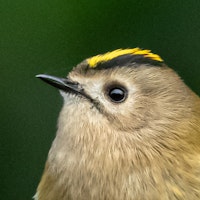
Goldcrest
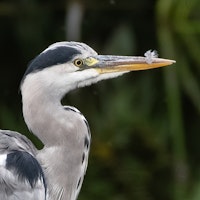
Grey Heron
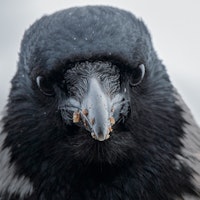
Hooded Crow
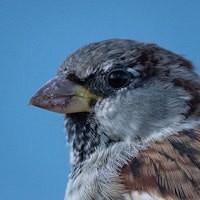
House Sparrow
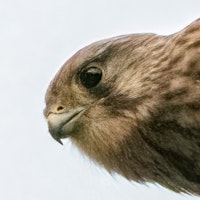
Kestrel
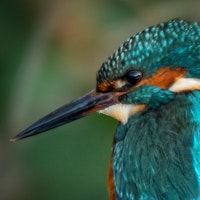
Kingfisher

Lapwing

Little Egret

Long Eared Owl

Long-tailed Tit

Mallard Duck

Merlin

Moorhen

Mute Swan

Oyster Catcher

Peregrine Falcon

Pied Wagtail

Pintail

Puffin

Red Kite

Redshank

Robin

Rook

Sanderling
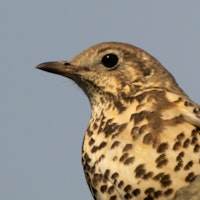
Song Thrush

Sparrowhawk

Starling

Stonechat

Swallow

Tree Creeper

Wren
More pages currently being produced...
Please connect to get updated when new pages are published
